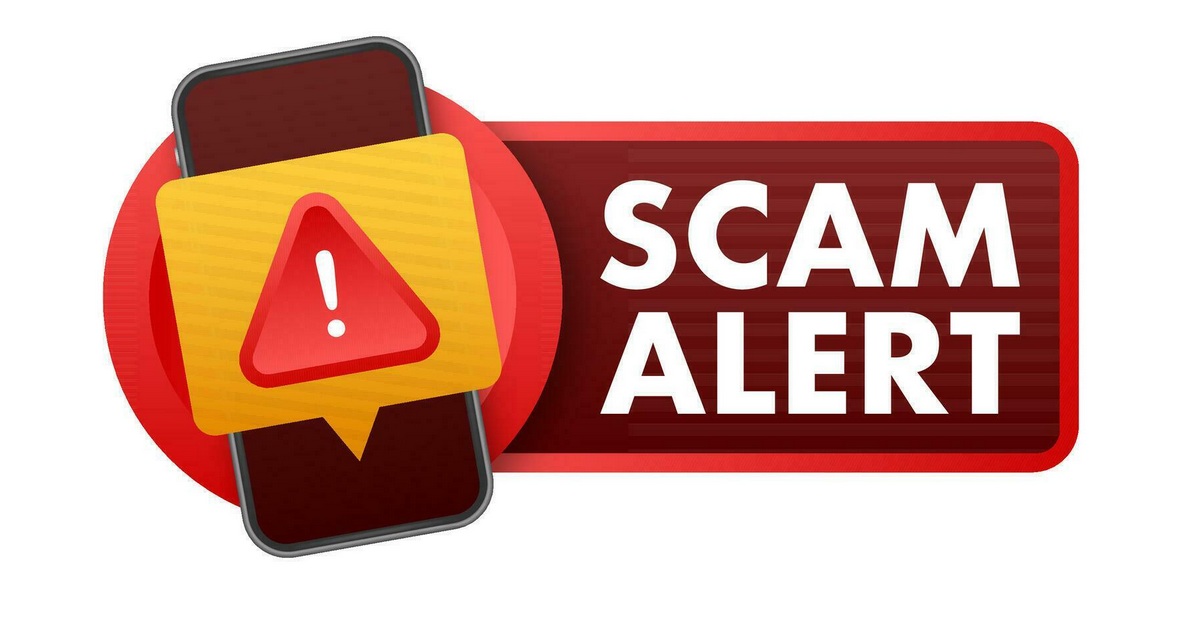Novastrade (or Novatrades / Novatrade variants) presents itself in the crowded world of online trading as a promising platform boasting modern tools, wide markets, and compelling returns. It markets access to forex, CFD, crypto trading, and investment opportunities under the guise of legitimacy. But beneath the glitter lies a lattice of inconsistencies, warnings, and user distress. These seven exposures sharply peel back the veil, showing why Novastrade should be viewed with extreme caution.

The first exposure is lack of credible regulation. Independent broker safety reviews such as those on BrokerChooser flag Novatrades as untrusted, citing the absence of oversight by strict financial authorities. Without regulation from serious bodies like FCA, ASIC, or CySEC, there is no formal protection for users against misbehavior or misuse of funds. Thus, Novastrade operates in a regulatory vacuum, making its claims of safety hollow.
The second exposure: repeated user complaints of nonpayment and blocked withdrawals. On Forex Peace Army, Novatrades is warned by users: “Do not trust them… choose a regulated company.” Multiple reports detail how withdrawals are delayed indefinitely, requests are denied, or accounts are frozen. These patterns align with behaviors documented in known broker scams — attract funds, simulate returns, then deny cashing out when profits grow.
The third exposure is hidden or misleading corporate identity. Many versions of Novastrade appear anonymized: domain registration data is masked or obscured, no reliable background on ownership or executive team is offered. Broker review sites highlight “no regulation” status and unknown ownership. A site like WikiFX explicitly states that “NovaTrade is not regulated, making it less safe than regulated brokers.” That level of ambiguity is classic among high-risk platforms.
The fourth exposure involves suspicious software behavior and platform anomalies. According to reviews on ForexBrokersLab, the MT4 demo environment provided by Novatrade reportedly shows splash screens or references to other broker brands (e.g. IForex24) — suggesting white-label or shared backend infrastructure typical of opaque broker networks. Such links may hide the real operators behind seemingly distinct brands or allow sudden domain/alias switches.
Fifth exposure: marketing promises too good to be true. Novastrade’s pitch often includes ultra-tight spreads (e.g. 0.2 pips), high leverage, wide instrument variety, and claims of advanced execution. But many users find that in real trading, spread widenings, slippage, or restrictive conditions emerge. The promises attract inexperienced traders, but the execution hides the trap.
The sixth exposure focuses on domain proliferation, mirror sites, and brand confusion. Multiple variants — Novatrades, Novastrade, NovaTradeGlobal — appear across the internet, complicating traceability. If one domain is blocked or taken down, another pops up. This network effect lets operators evade detection, confuse victims, and restart under new aliases. The fragmentation of reviews and site versions is part of the camouflage.
The seventh exposure is the built-in exit strategy. Given the lack of regulation, anonymized ownership, and complaint histories, Novastrade appears primed to vanish at any moment. Domains might disappear, servers shift, or support vanish. Users report that links or access become inaccessible after attempts to withdraw. That structural fragility is not accidental — it’s often a designed safety valve for fraudulent operators.
Together, these seven exposures show that Novastrade is far more risky than any marketing pitch admits. The combination of unverified claims, user harm, transparency voids, and exit preparations paints a picture not of a rising broker but of a potentially fragile façade built to harvest funds, not facilitate fair trade.
Conclusion
Novastrade is not simply a flawed broker — it exhibits the classic architecture of a high-risk, possibly fraudulent trading operation. Its lack of regulation, repeated withdrawal failures, hidden corporate structure, inconsistent platform behavior, marketing egregiousness, alias proliferation, and built-in vanish paths all converge to form a red alert in the world of online trading.
If you have funds in Novastrade or are considering trading with it, act immediately. First, do not increase your deposit. Test withdrawal with the smallest possible amount — if that fails, cut off further engagement. Document every transaction, support ticket, chat record, and screenshot. Use bank or payment service disputes where possible. Report the platform to your local financial regulator or consumer protection agency — your complaint may tip authorities into investigating.
Beware of “recovery agents” promising to get your money back (for a fee) — many are scams layered on top of the first scam. Always vet any service deeply before entrusting them with access to your case or funds. Focus on agents with verifiable success, references, legal standing, and full transparency of fees.
More broadly, Novastrade exemplifies how modern scam brokers operate: with visual polish, bold claims, hidden mechanics, and disappearing act options. Genuine brokers welcome scrutiny — they publish audit reports, regulation IDs, company leadership, and clear client protections. Novastrade offers none of those in credible form.
Your safety lies in skepticism. Demand independent verification. Use only brokers regulated in your jurisdiction with dispute resolution paths. Consider spreading risk across trustworthy platforms, never committing all to one opaque name. If Novastrade collapses, losing all your funds may become irrecoverable — prevent that by resisting illusions of legitimacy.
Let this exposure serve both as your warning and your compass. The more such platforms are exposed publicly, the less power they hold over naive traders. Knowledge, vigilance, and collective awareness are the strongest protections.





